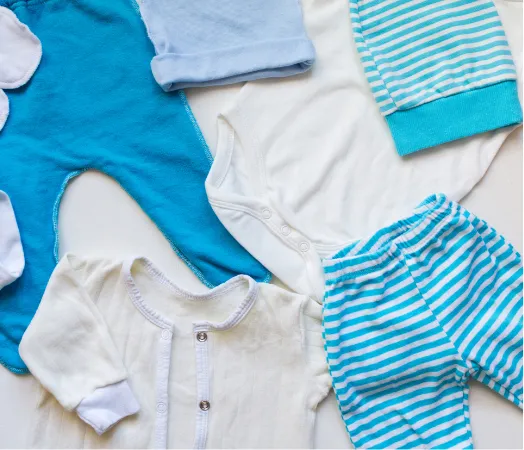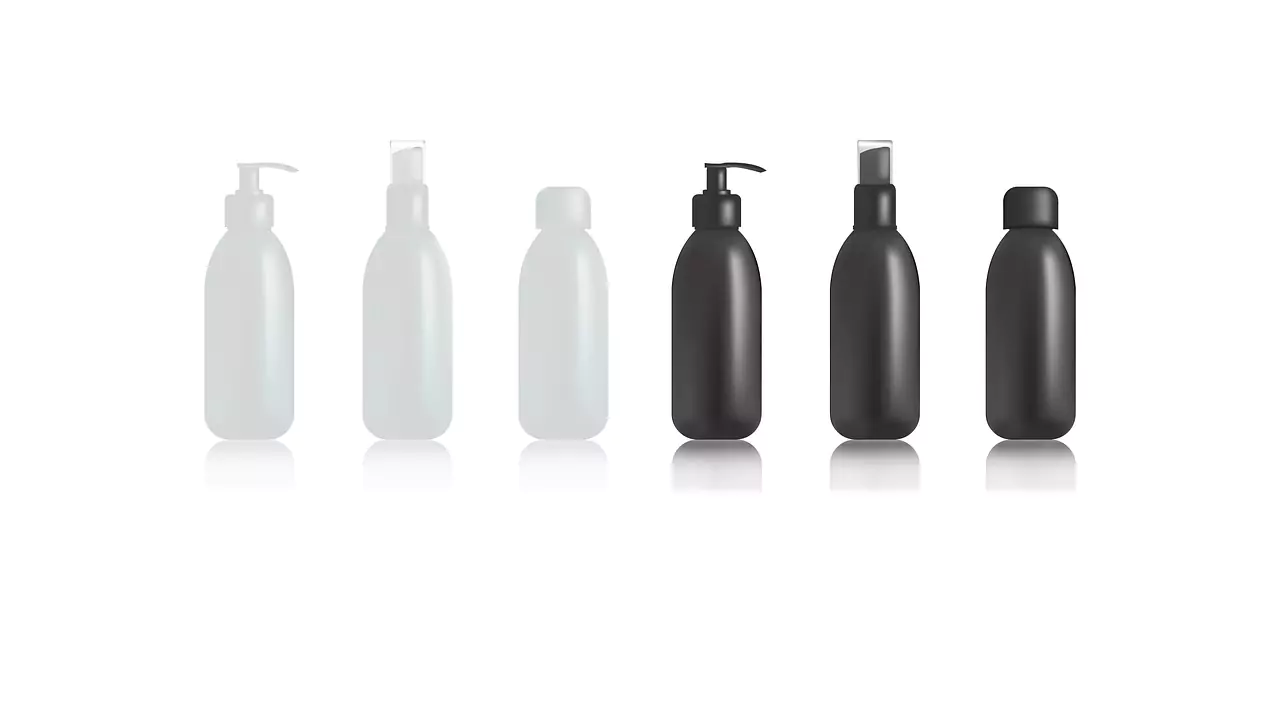Starting a clothing line can be an exhausting experience for a business minded person driven by ambition. Regardless of whether you’re hoping to start a private label clothing line or you need to make a whole cut and sew collection including different pieces and random designs, business models develop with time. Expect to experience changes on the lookout every now and then due to technological advancement and industry changes, bringing about the rise of new trends. If you are planning to start your own private label baby clothing line, then this article is perfect for you.
A private label baby clothing line is always a great idea given it has a well-targeted market. It would also be a bonus if you are enthusiastic with kids or babies.
In any case, a baby clothing brand needs something other than an impeccable clothing configuration to become an enduring business. It needs all the features of a significant business too.
Learning About the Clothing Line
Before figuring out how to begin an excellent private label kids clothing business, you have to know the possibilities. Indeed, the private label clothing industry is well-known and highly competitive, you still need to get details to guarantee that your baby clothing products are suitable in the market and fitting to the current trends. Take a thorough look at the trends, the development throughout the long period of years in this niche.
Research with Analysis
Analyze the children’s clothing market, which fashion is in trend and how many competitors are out there? What are they presenting and what do you need to do to differ yourself from them?
Notwithstanding a lesser number of individuals wanting kids, starting a family, patterns like having a “mini-me”, and more guardians adopting children have made this market continue to develop. Expectations place it at a 5.4% CAGR (2019-2023), with income adding up to $58, 521,000,000. The US market is presently the biggest income source despite not having the highest number of kids.
Make a Business Plan
This may seem like an obvious one yet making a strong business strategy will assist you with remaining on target during the underlying phases of business development. Regardless of whether you have an essential thought in your mind, see everything in detail to realize any possible issues or deficits. Choosing how your clothing business fits to your target market. Building your character around this idea will tailor your private label baby clothing line to the objective market and point out to the right people hoping to become tied up with your style and brand culture.
It is best if you consider the following factors:
- Start-up costs and financing
- Legal aspects and trademarking
- Creating a brand identity
- Production and sourcing
- Marketing your brand
Storing and Utilizing Your Stocks
Since you’re buying mass stock forthright, you’ll additionally need to sort out warehousing and transportation for your items. By buying generic products and clothing materials upfront and in bulk, you have a chance for evaluation which takes into account more prominent edges. As an extra advantage of purchasing stock forthright, you have more major power over the result, permitting you to add extra subtleties like labels and custom marks. This allows you to add to your brand’s apparent incentive to accomplish more prominent edges. Lastly, buying stocks upfront considers more financially flexibility because you can scale other aspects of your business such as printing in advance.
At the point when you start your own private label baby apparel manufacturer business, the costs will include:
- Your brand’s marketing plan (logo, business cards, and site)
- Any licence or permit fees
- Workspace rentals or leasing fees
- Essential infrastructural costs like telephone lines, internet network access, invoicing software, etc.
- Marketing and advertisement costs
- Sewing or design tools (sewing machines, scissors, rulers, design producer, texture printing embellishments, shirt formats, etc.)
- Clothing materials expenses
- Overhead expenses
Find Your Manufacturer
You must consider the sort of relationship you need with your wholesale clothing supplier and be open and straight-forward with your needs or expectations and timeliness deliveries. Recall that with regards to fashion, things don’t frequently go precisely to plan. These are the things you need to remember when finding your kids clothing manufacturer.
For more info on the baby clothing industry, feel free to check these reports here and here.
Prepare Your Sample
Sample making is a critical stage. Energizing as it very well may be, it frequently takes two or three rounds of samples before you feel the actual product is excellent. Try not to anticipate the dressmaker or inspecting studio to get it right directly on the very first try. It isn’t something that happens frequently. Remember that you are making a new item with the blend of texture, plan and fit that has never been finished. Some training and changes will make it great.
Constant Evolution
Starting your own baby clothing business may very well appear to be an unrealistic fantasy but by starting to make the underlying steps in making your brand; you may very well find that it’s more attainable than you previously thought. Starting small and scaling up is the ideal approach to guarantee a sufficient dispatch. Permitting you to get familiar with the process along with the way and become a successful clothing entrepreneur.




